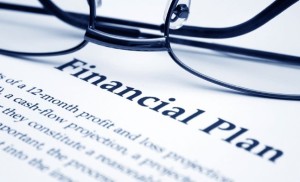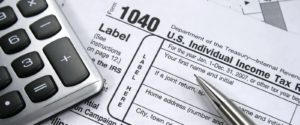 Today’s top story: What you need to know about the new FICO score. Also in the news: 5 reasons to add beneficiaries to your investment accounts now, 5 home improvements that may not pay off when you sell, and what to do if you lose your credit or debit card while traveling.
Today’s top story: What you need to know about the new FICO score. Also in the news: 5 reasons to add beneficiaries to your investment accounts now, 5 home improvements that may not pay off when you sell, and what to do if you lose your credit or debit card while traveling.
Worried About the New FICO Score? Here’s What to Know — and Do
Get the details.
5 Reasons to Add Beneficiaries to Your Investment Accounts Now
Making things easier on your loved ones.
5 Home Improvements That May Not Pay Off When You Sell
Skip the chef’s kitchen.
What to Do If You Lose Your Credit or Debit Card While Traveling
Rule #1 – Don’t panic.
 Today’s top story: TransferWise launches traveler and immigrant-friendly debit card. Also in the news: How to get free baby stuff, dodging dealership dread with online used car sellers, and how to protect your money in a divorce.
Today’s top story: TransferWise launches traveler and immigrant-friendly debit card. Also in the news: How to get free baby stuff, dodging dealership dread with online used car sellers, and how to protect your money in a divorce. Today’s top story: How to make the most of the Child Tax Credit this year. Also in the news: 4 reasons to ditch your old debit card, getting to know your 401(k) plan, and how to choose the best tax software.
Today’s top story: How to make the most of the Child Tax Credit this year. Also in the news: 4 reasons to ditch your old debit card, getting to know your 401(k) plan, and how to choose the best tax software.
